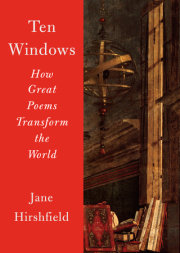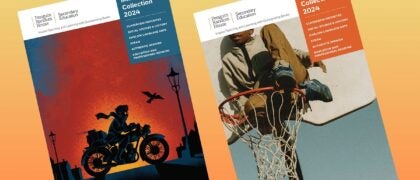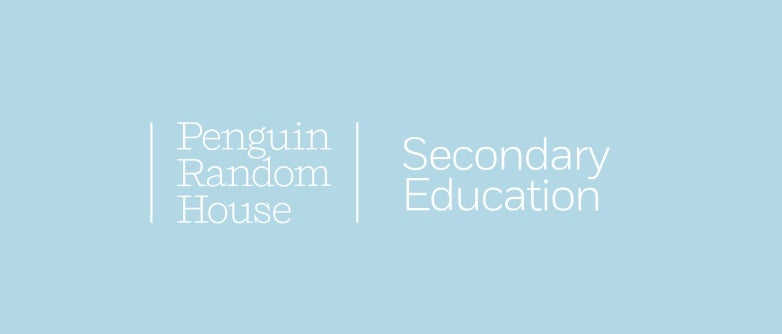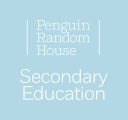Preface
Good art is a truing of vision, in the way a saw is trued in the saw shop, to cut more cleanly. It is also a changing of vision. Entering a good poem, a person feels, tastes, hears, thinks, and sees in altered ways. Why ask art into a life at all, if not to be transformed and enlarged by its presence and mysterious means? Some hunger for more is in us—more range, more depth, more feeling; more associative freedom, more beauty. More perplexity and more friction of interest. More prismatic grief and unstunted delight, more longing, more darkness. More saturation and permeability in knowing our own existence as also the existence of others. More capacity to be astonished. Art adds to the sum of the lives we would have, were it possible to live without it. And by changing selves, one by one, art changes also the outer world that selves create and share.
This book continues the investigation begun in an earlier volume, “Nine Gates: Entering the Mind of Poetry”. The questions pursued by poems themselves are speckled, partial, and infinite. These books, though, pursue as well a single question: How do poems—how does art—work? Under that question, inevitably, is another: How do we? Inside the intricate clockworks of language and music, event and life, what allows and invites us to feel and know as we do, and then increase our feeling and knowing? Such a question cannot be answered. “We” are different, from one another and, moment by moment, from even ourselves. “Art,” too, is a word deceptively single of surface. Still, following this question for thirty years has given me pleasure, and some sense of approaching more nearly a destination whose center cannot ever be mapped or reached.
Excerpted from Ten Windows by Jane Hirshfield. Copyright © 2015 by Jane Hirshfield. Excerpted by permission of Knopf, a division of Random House LLC. All rights reserved. No part of this excerpt may be reproduced or reprinted without permission in writing from the publisher.
Copyright © 2015 by Jane Hirshfield. All rights reserved. No part of this excerpt may be reproduced or reprinted without permission in writing from the publisher.













